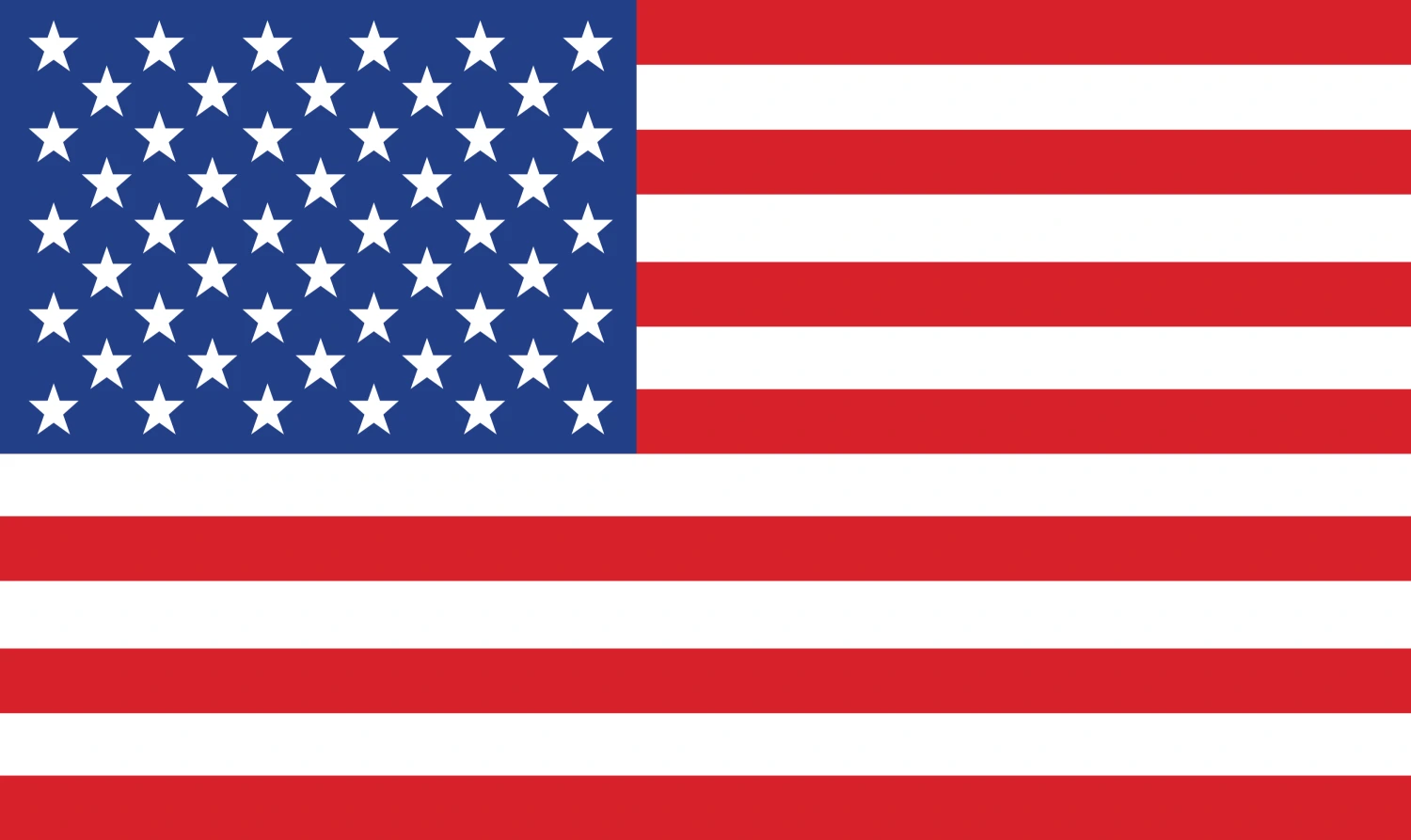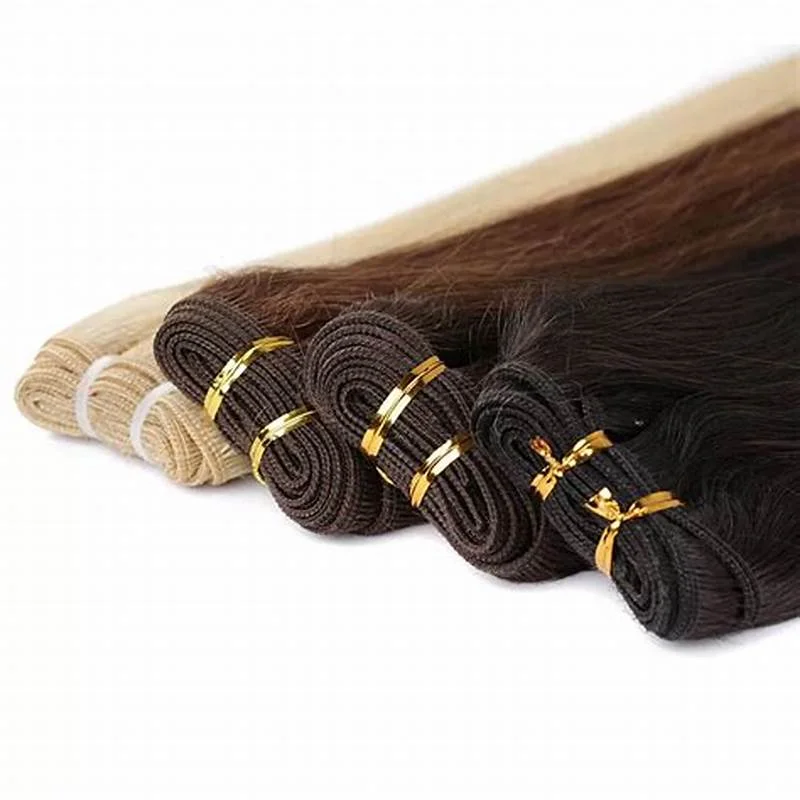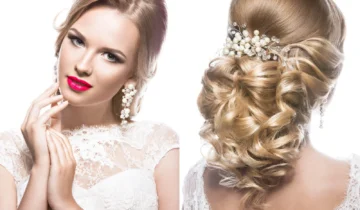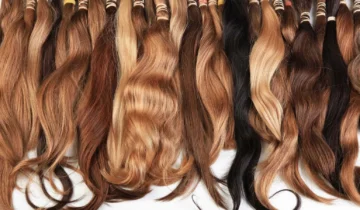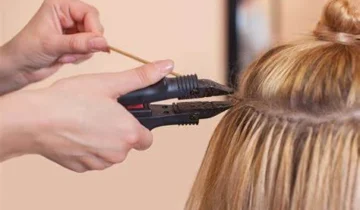For women with thin hair, finding the right hair extensions can make a significant difference in achieving the desired volume and length without compromising the health of their natural hair. Hair extensions are an excellent way to enhance the fullness of thin hair, but it’s crucial to select the right type that complements your hair texture and needs. In this article, we will explore the best type of hair extensions for thin hair, focusing on both human hair extensions and the best options specifically for women.
Understanding Thin Hair and Its Challenges
Thin hair, characterized by its fine texture and low density, often lacks the volume and body that many hairstyles require. Women with thin hair may find it challenging to maintain styles that require fullness or length, as their hair is more prone to breakage and damage. This is where hair extensions come in as a versatile solution, offering an immediate boost in volume and length.
However, not all hair extensions are created equal, especially for those with thin hair. The wrong choice of extensions can lead to further thinning, discomfort, and an unnatural appearance. Therefore, it’s essential to choose extensions that are lightweight, blend seamlessly with your natural hair, and cause minimal strain on the scalp.
Why Human Hair Extensions are the Best Type for Thin Hair
When it comes to choosing extensions for thin hair, human hair extensions are often considered the best option. Human hair extensions provide a natural look and feel, blend seamlessly with your own hair, and offer the flexibility to style just like your natural hair. Here are some reasons why human hair best type of extensions for thin hair:
Natural Appearance:
Human hair extensions look and feel just like your own hair. They can be dyed, styled, and treated just like natural hair, allowing for a more seamless blend. This is particularly important for women with thin hair, as any mismatch in texture or color can be more noticeable.
Durability:
Human hair extensions are more durable than synthetic alternatives. With proper care, they can last for several months, making them a cost-effective option in the long run. This durability is essential for women with thin hair, as constant replacement of extensions can put unnecessary strain on their natural hair.
Styling Flexibility:
Unlike synthetic extensions, human hair can be styled with heat tools such as curling irons, straighteners, and blow dryers. This flexibility allows women to achieve their desired look without the limitations that come with synthetic extensions.
Comfort:
Human hair extensions are often more comfortable to wear, especially for those with thin hair. They are lighter and less likely to cause tension or pulling on the natural hair, reducing the risk of damage.
Best Types of Human Hair Extensions for Thin Hair
When selecting the best type of hair extensions for thin hair, it’s crucial to consider the method of attachment, the weight of the extensions, and how they will interact with your natural hair. Here are some of the top choices:
Tape-In Hair Extensions:
Tape-in extensions are widely regarded as one of the best options for women with thin hair. These extensions involve attaching wefts of hair to your natural hair using medical-grade adhesive tape. The tape lies flat against the scalp, making the extensions virtually undetectable and comfortable to wear.
Tape-in extensions are lightweight and distribute weight evenly across the scalp, which is ideal for thin hair. They are also easy to maintain and can last 6 to 8 weeks with proper care. Additionally, they are reusable, making them a cost-effective option in the long term.
However, it’s essential to have them applied and removed by a professional to avoid any potential damage to your natural hair.
Clip-In Hair Extensions:
Clip-in extensions are another excellent choice for women with thin hair, especially if you prefer a temporary solution. These extensions come as wefts of hair with small clips that attach to your natural hair. Clip-ins can be applied and removed quickly, making them perfect for special occasions or daily wear without the commitment.
For thin hair, it’s important to choose clip-ins that are lightweight and specifically designed for fine hair. Heavier clip-ins can cause discomfort and may put too much strain on your natural hair.
Clip-ins are also versatile, allowing you to experiment with different styles without damaging your hair.
Halo Hair Extensions:
Halo extensions are a newer option that has gained popularity for their simplicity and minimal risk of damage. These extensions consist of a single weft of hair attached to an invisible wire that sits on top of your head like a halo. The wire is then hidden under your natural hair.
Halo extensions are ideal for women with thin hair because they do not attach directly to the hair, eliminating the risk of tension or pulling. They are also easy to apply and remove, making them a hassle-free option.
The downside is that halo extensions may not provide as much volume as other types, and they are not suitable for very short hair. However, for those with shoulder-length or longer hair, they offer a natural-looking boost.
Micro-Link Hair Extensions:
Micro-link extensions (also known as micro-bead or micro-ring extensions) are another option for women with thin hair. These extensions involve attaching small sections of hair extensions to your natural hair using tiny metal rings. The rings are clamped securely to hold the extensions in place.
Micro-link extensions are lightweight and do not require heat or adhesive, making them a gentler option for thin hair. They can last several months with proper care and regular maintenance.
However, the application process can be time-consuming, and if not done correctly, there is a risk of hair breakage.
Fusion Hair Extensions (Keratin Bonds):
Fusion extensions, also known as keratin bond extensions, involve bonding individual strands of hair extensions to your natural hair using a keratin-based adhesive. This method offers a very natural look and is one of the more permanent options.
Fusion extensions are suitable for thin hair because they are lightweight and the keratin bonds are flexible, allowing them to move naturally with your hair. They can last for several months with proper care.
However, fusion extensions require professional application and removal, and improper handling can lead to damage to your natural hair.
Female Best Type of Hair Extensions for Thin Hair
For women specifically, choosing the right hair extensions involves considering not only the type of extensions but also the desired outcome. Here are some tips for finding the female best type of hair extensions for thin hair:
Volume and Length:
If your primary goal is to add volume and length, tape-in extensions are often the best choice. They provide a natural look and are gentle on thin hair. Clip-ins can also be used to add volume for special occasions.
Seamless Blend:
To achieve a seamless blend, it’s crucial to match the extensions to your hair’s color and texture. Human hair extensions are ideal because they can be customized to match your hair perfectly.
Ease of Styling:
For women who like to change their hairstyles frequently, human hair extensions offer the flexibility to style with heat tools. This allows for curling, straightening, and other styling options that are not possible with synthetic extensions.
Long-Term Wear:
For those looking for a more permanent solution, fusion or micro-link extensions can provide long-lasting results. However, it’s important to have them applied by a professional to minimize the risk of damage.
Comfort and Maintenance:
Comfort is key, especially for women with thin hair. Tape-in and halo extensions are known for their comfort and are easy to maintain with regular care.
Maintaining Hair Extensions on Thin Hair
Once you have selected the best type of hair extensions for thin hair, proper maintenance is essential to ensure they last and keep your natural hair healthy. Here are some tips for maintaining hair extensions:
Gentle Brushing:
Use a soft-bristle brush to gently detangle your hair, starting from the ends and working your way up to the roots. Avoid pulling or tugging, as this can cause breakage.
Washing Care:
Wash your hair extensions with sulfate-free shampoos and conditioners to keep them soft and prevent the bonds or adhesive from breaking down. Be gentle when washing, and avoid scrubbing the scalp too vigorously.
Heat Protection:
If you’re using heat tools to style your extensions, always apply a heat protectant spray. Keep the temperature on low to medium settings to avoid damaging the extensions and your natural hair.
Regular Maintenance:
Extensions like tape-ins and micro-links require regular maintenance. Visit your stylist every 6 to 8 weeks to have them repositioned or tightened.
Protect While Sleeping:
To prevent tangling while you sleep, consider braiding your hair or tying it in a loose ponytail. Using a silk pillowcase can also reduce friction and help maintain the quality of the extensions.
Conclusion
Choosing the best type of hair extensions for thin hair involves careful consideration of your hair type, lifestyle, and desired look. Human hair extensions are often the best choice for thin hair due to their natural appearance, durability, and flexibility in styling. Whether you opt for tape-ins, clip-ins, halo extensions, or another type, it’s essential to prioritize the health of your natural hair.
